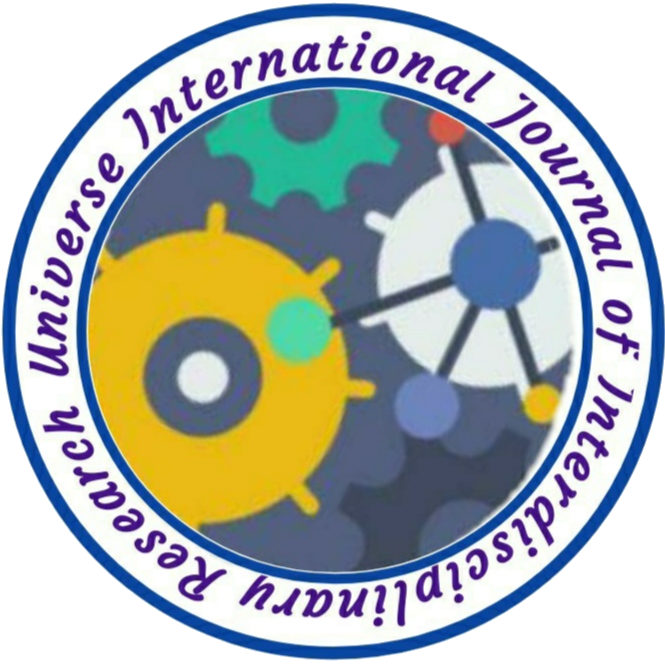SPECTROPHOTOMETRIC DETERMINATION OF ZINC METAL CONTENT FROM SOIL IN TURBAT CITY-MAKRAN REGION, BALUCHISTAN, PAKISTAN
Author Name: Shihzad Shakil
Volume: 01 & Issue:
Country: Pakistan
DOI NO.: 08.2020-25662434 DOI Link: http://www.doi-ds.org/doilink/02.2021-19436977/UIJIR
Affiliation:
- Department of Chemistry, University of Turbat-Kech, Balochistan, Pakistan
ABSTRACT
In the course of time, soil as the essential human habitat in which they depend and from which they make their living has been subjected to various types of pollution resulting more from anthropogenic influences than from natural causes. Anthropogenic activities resulting from urbanization, industrialization, and agricultural practices like fertilizer, pesticide, and herbicide applicationOf course heavy metals still exist, but only at toxic levels. Since such metals are possible environmental pollutants and harmful to living beings, the quality and availability of heavy metals in heavily agricultural soils are important concerns. The objective of this study was, therefore, to assess the amounts of zinc (Zn) the vital metal present in soil of four agricultural fields of Turbat City, Makran region, Balochistan, Pakistan. The collected samples from four different areas are placed in clean plastic bags. Using UV / Visible Spectrophotometer, soil samples were analyzed and absorbance was recorded as 213.90 to 214 nm. The results show that soil sample content in Zn ranged from 1.70 to 1.27 mg /g. The study findings above show that zinc metal is present in Turbat City's studied areas, and the level of normal soil zinc concentrations ranges from 1 to 900 μg / g, as recommended by the WHO. It indicates that the analyzed results of zinc metal from the subjected areas can have serious effects on human health and can also affect the growth of plants.
Key words: Agricultural Soil, Heavy metals, Human Health, Physical and Chemical Parameter.

No comment